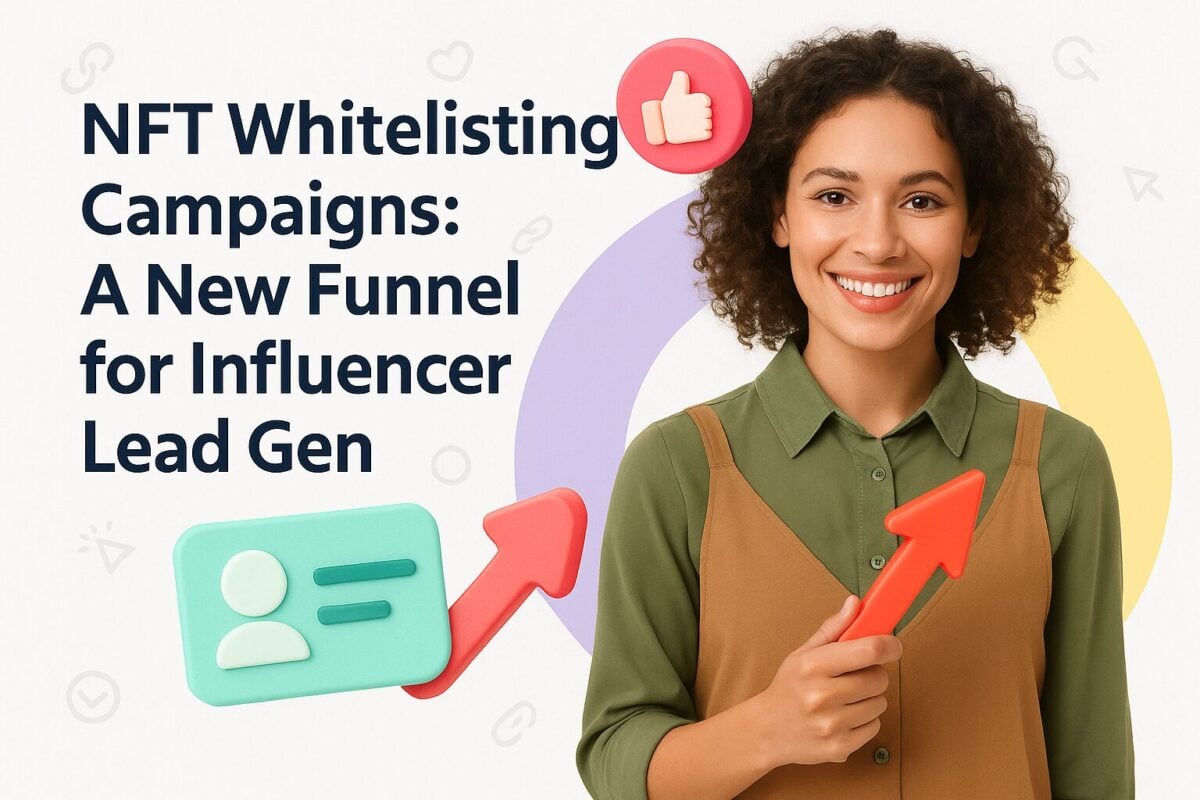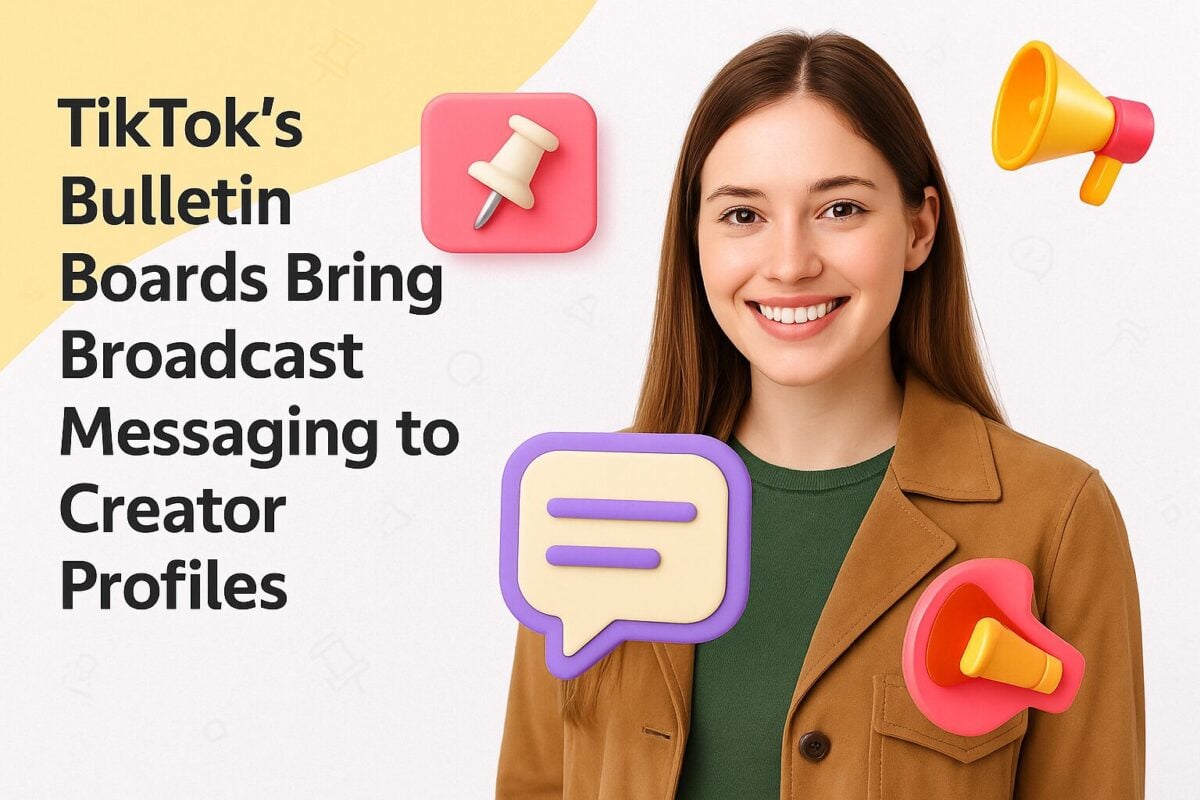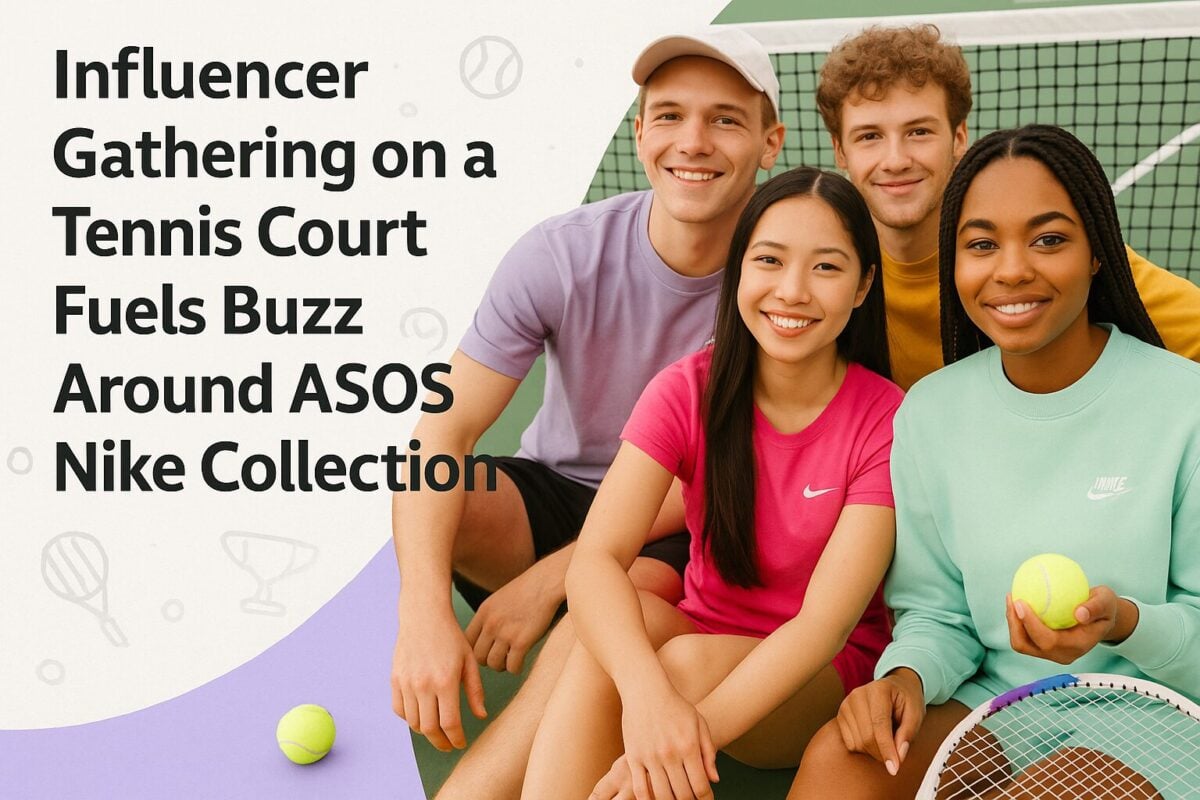LinkedIn Pulse delivers daily content such as popular headlines and industry news to its members. It’s similar to other social media platforms in that it lets members publish content that can help them build their reputation and credibility online while giving them the opportunity to grow their audience.
What is LinkedIn Pulse?
LinkedIn Pulse, at its core, is a publishing platform for curated articles that provide analysis and insight into many facets of everyday life, such as global, political, and social issues. Many of these articles are written by influential figures and thought leaders in various industries.
LinkedIn Pulse is an online news aggregation feed exclusive to LinkedIn. It enables members to share their self-published content that gets delivered directly to their audience. This platform is capable of generating insights, blog posts, and news from various sources such as industry professionals and businesses.
Similar to an RSS feed, LinkedIn Pulse can be tailored so that it only delivers content that’s based on an individual member’s interests, allowing users to see and access only the content that they want.
On LinkedIn Pulse, there’s a variety of curated content that members can see, including:
- Stories shared by the people in your industry
- Posts generated by LinkedIn’s publishing platform, which includes content written by professionals, industry experts, public figures, and influencers.
The Benefits of Using LinkedIn Pulse for Businesses
Publishing a post on LinkedIn Pulse is relatively simple.
There are two ways to publish content on the site:
- Click on “Interests” and select “Pulse” from the drop-down menu. You’ll be redirected to the Pulse homepage, where you can then click on the “Publish a post” button found in the upper right-hand corner.
- Go to your LinkedIn homepage and click the “Publish a post” button.
LinkedIn has millions of registered professionals, making it a great resource for B2B marketers. For businesses and marketers, using LinkedIn Pulse comes with several benefits:
- It lets you connect with your audience
On Pulse, you’ll have an audience that consists of professionals coming from different industries. Publishing high-quality and relevant content on Pulse allows you to leverage on this content to increase your visibility, not just on the platform but also on search engines.
- You can engage your potential clients with value-adding content
LinkedIn Pulse encourages content creators to publish high-quality and relevant informative content which, in turn, encourages their respective audience to engage with such. With its millions of members who are registered professionals, content creators will have an opportunity to grow and interact with such a network.
- Start a conversation with your audience
As with other social media platforms, users can like, comment, or share any article on LinkedIn Pulse. This gives both creators and audience an opportunity to interact with each other and start a conversation. This can also be seen as an organic way to grow your audience and make better connections with them.
Best Practices for Using LinkedIn Pulse
To better optimize the use of this platform for business or marketing, below are some of the best practices to observe:
- Optimize your LinkedIn Profile
Optimizing your LinkedIn profile is crucial if you want to increase your visibility. Give as much detail as possible and use relevant images, such as your brand logo if you’re creating a profile for your business. If you’re running a personal profile, include your relevant skills and current position.
- Use a keyword
Keywords are a staple for search engine optimization.
By using keywords, you’re making it easier for your audience to find your content. Conducting keyword research prior to creating content helps as it gives you an idea of what the most searchable topics are in relation to your topic.
- Create high-quality and value-adding content
Pulse is a hub for content that adds value. Whether you’re publishing an informative article, a guide, or an insightful post, creating high-quality, value-adding content gives you a better opportunity to engage with your audience and build a connection with them in the process.
Publishing high-quality content regularly, such as once or twice a week, also helps keep your audience interested.
- Use shorter titles
Longer headlines might be truncated by LinkedIn and this might cause your audience to miss important details.
Write titles that are short and clear without compromising any important elements to help drive clicks.


